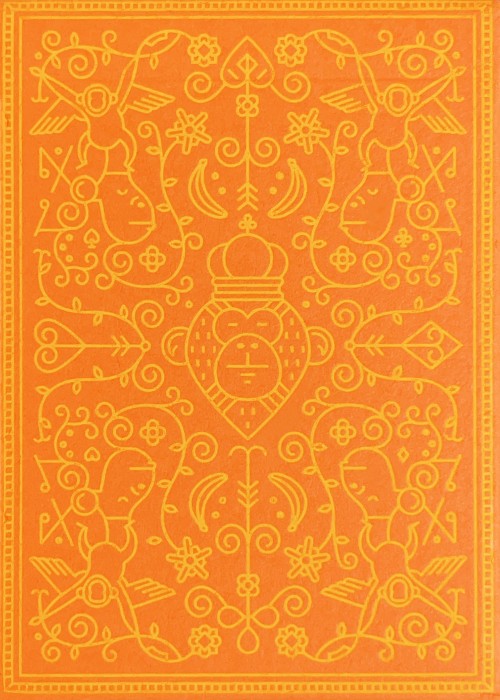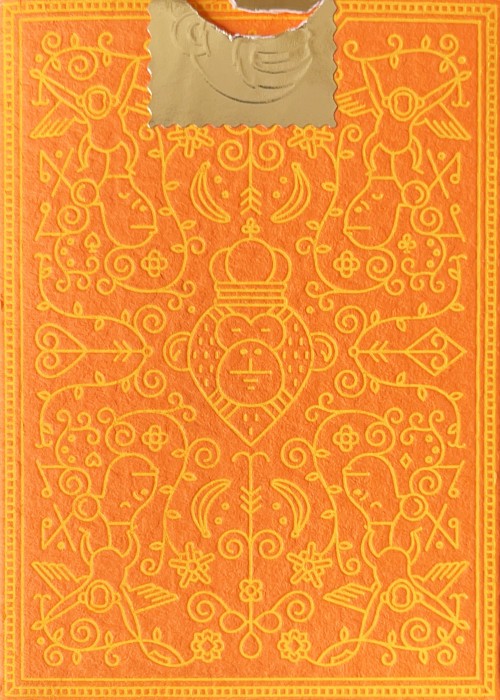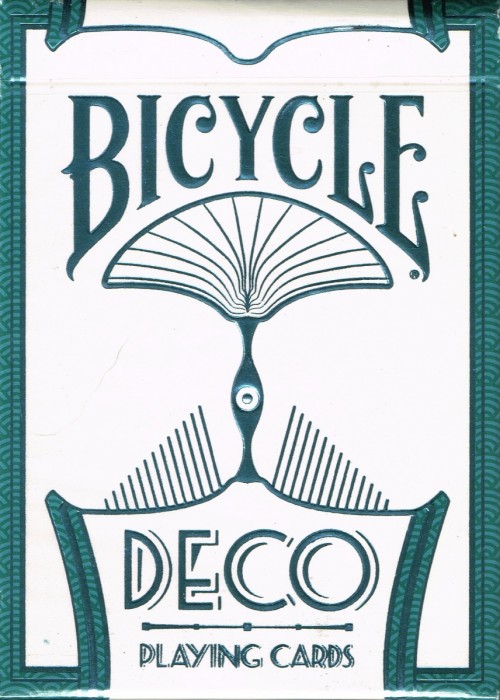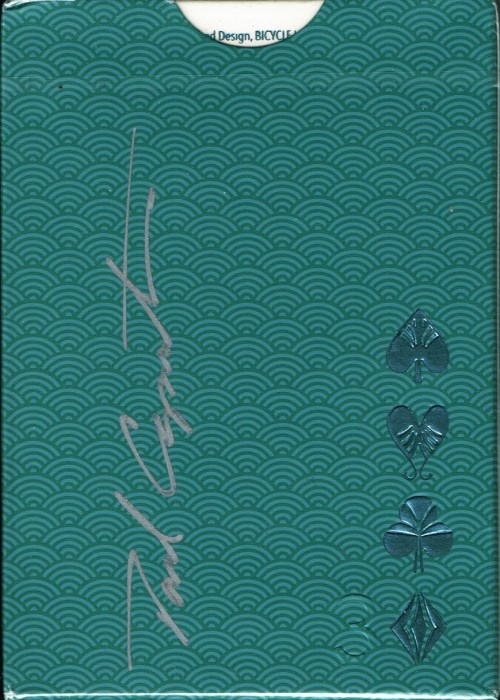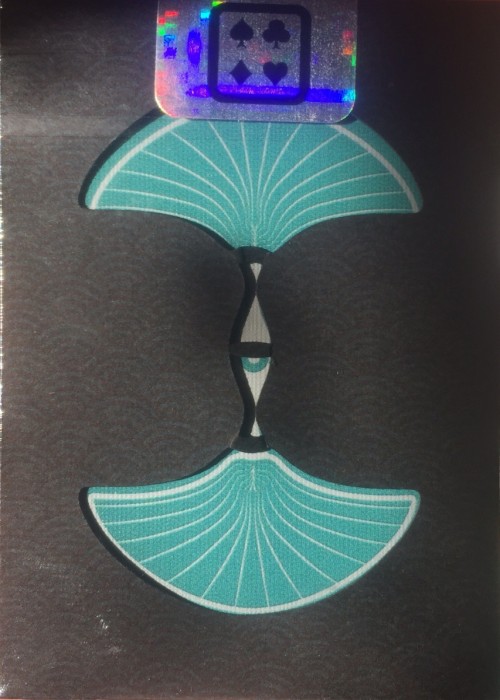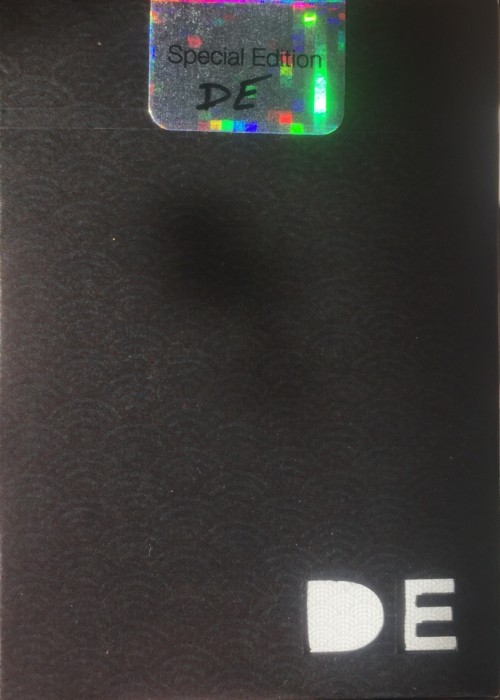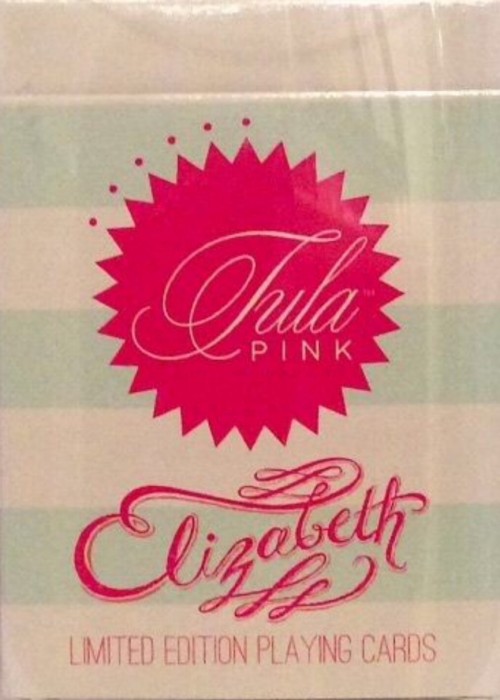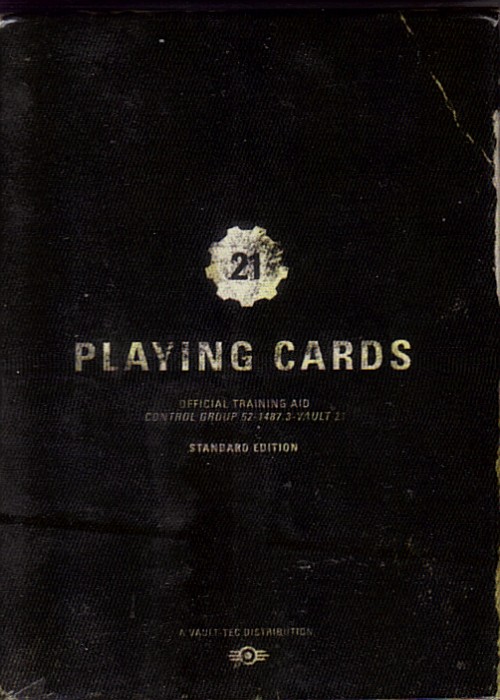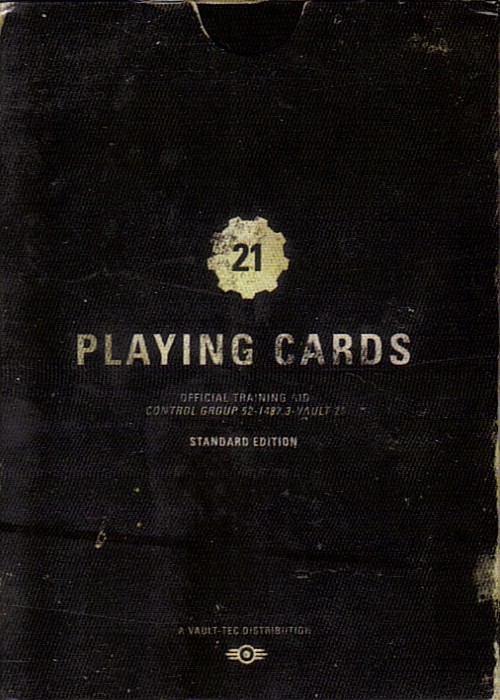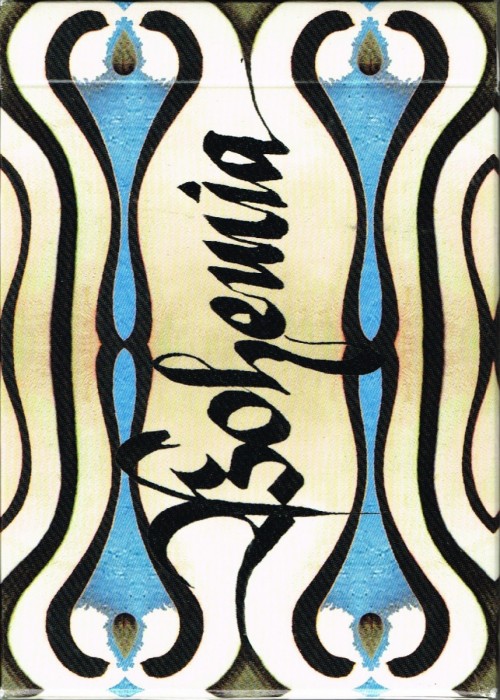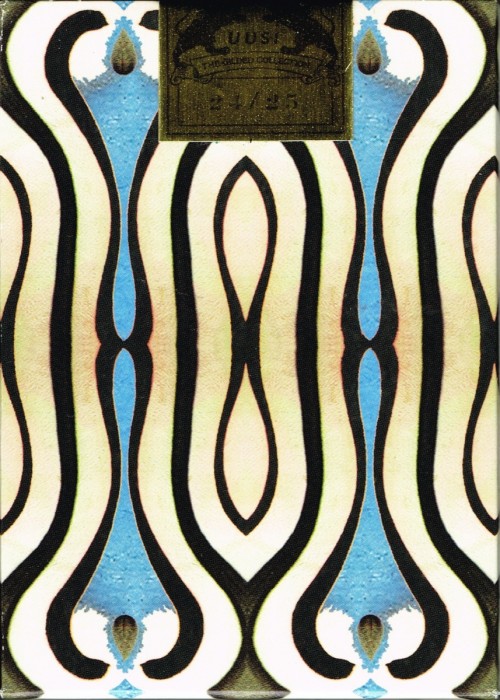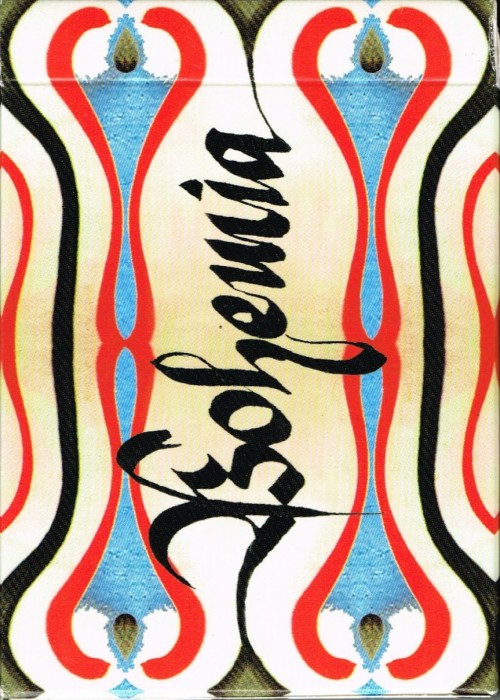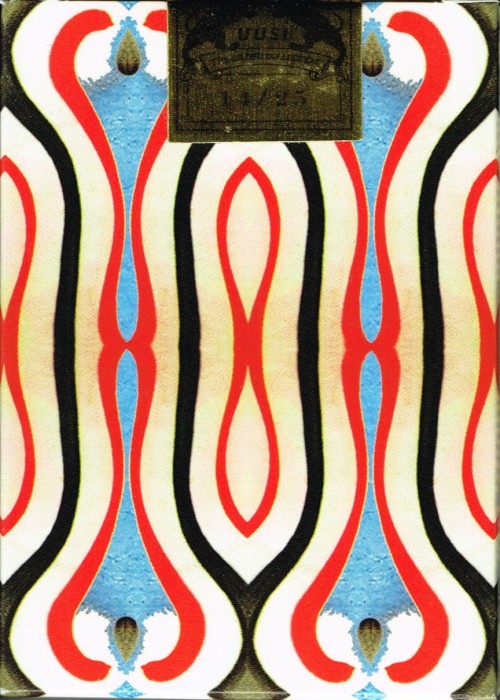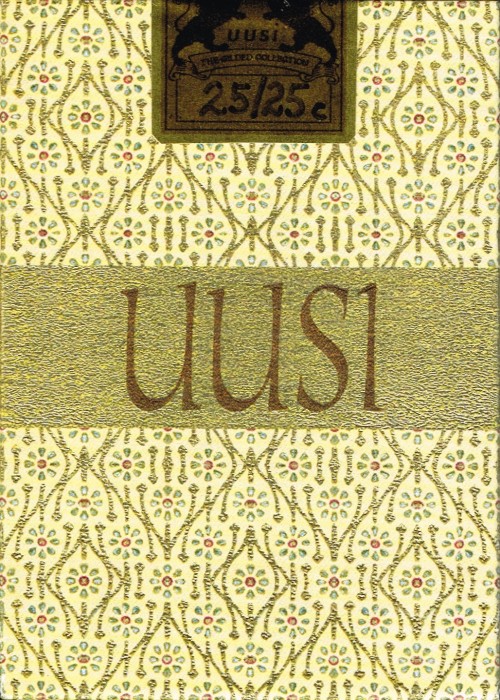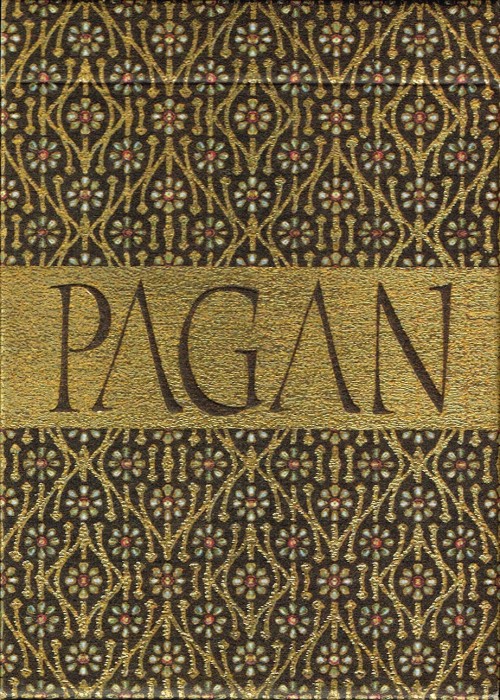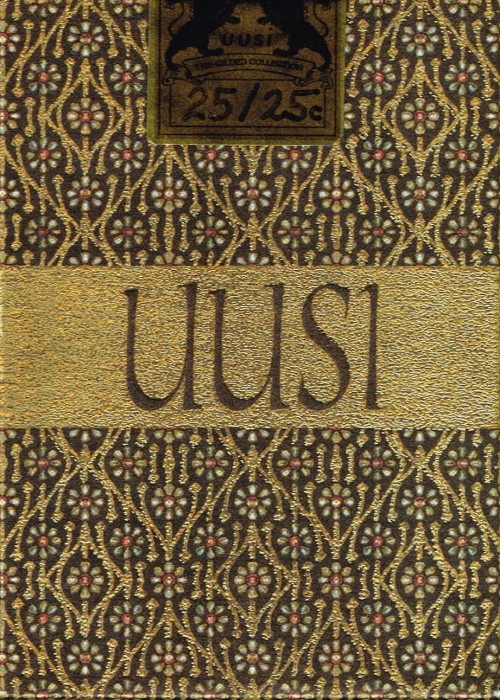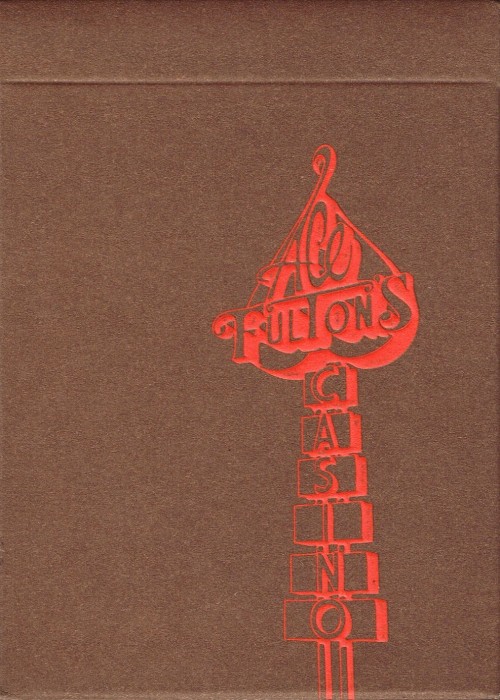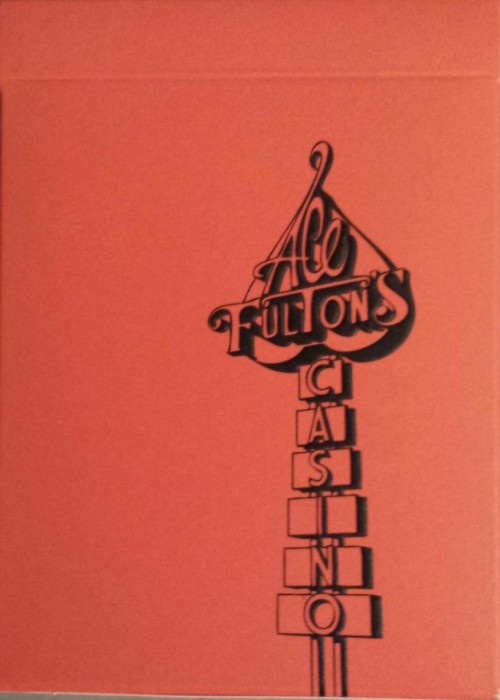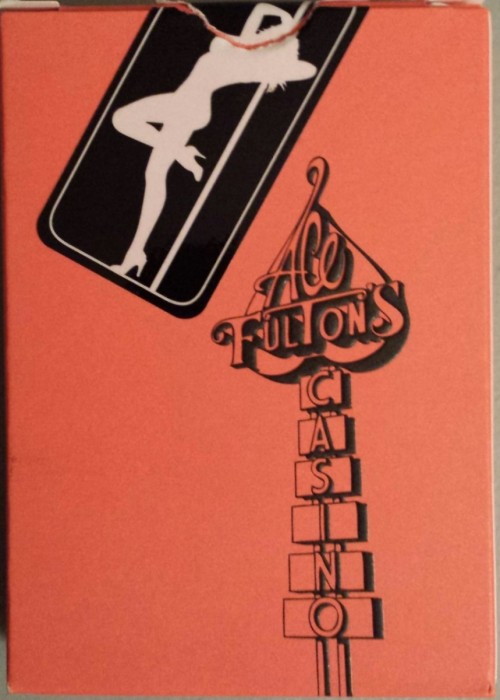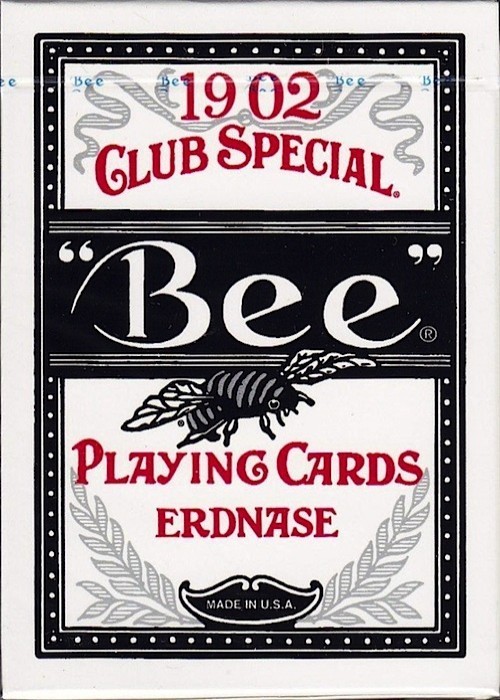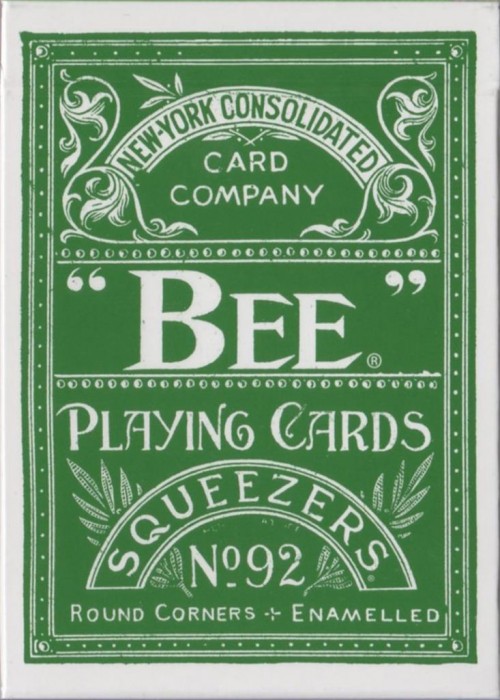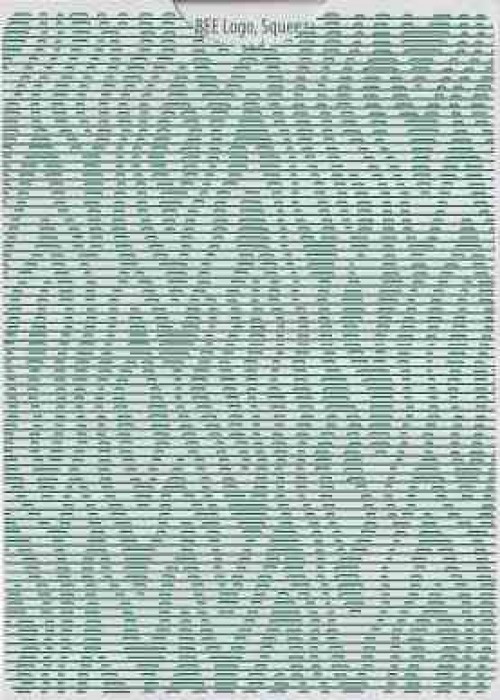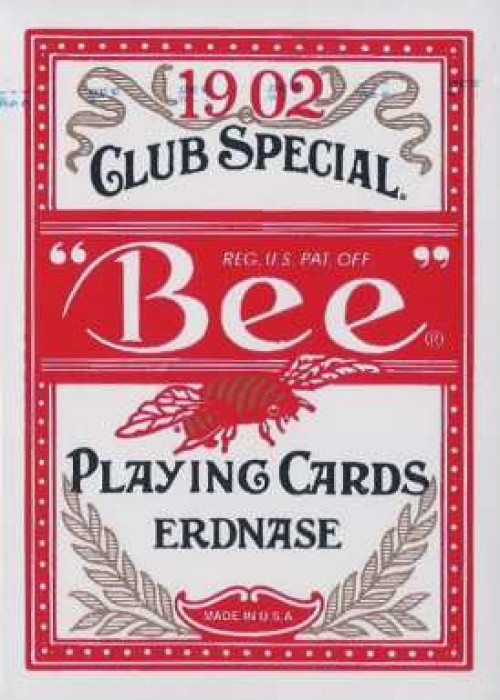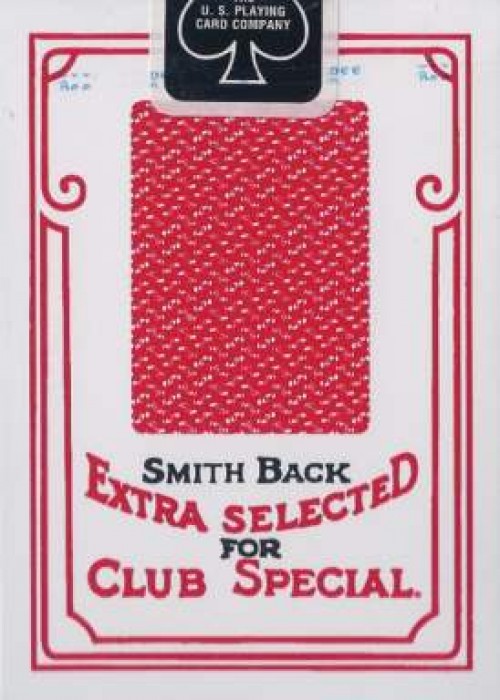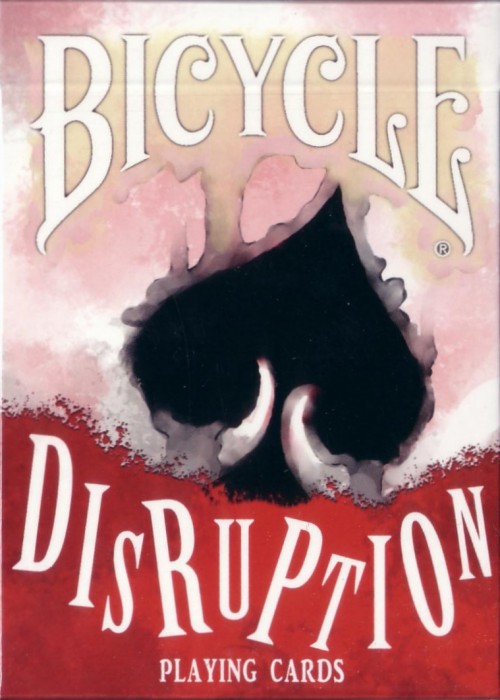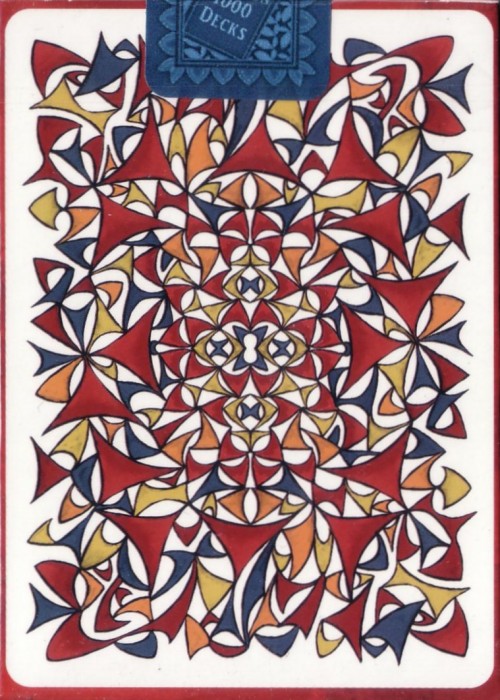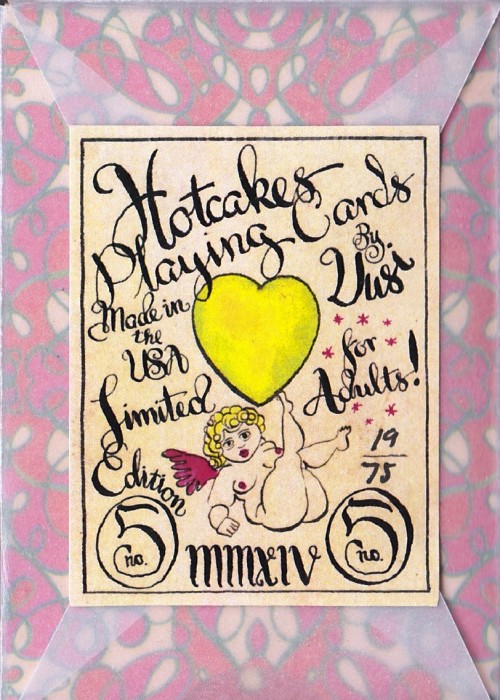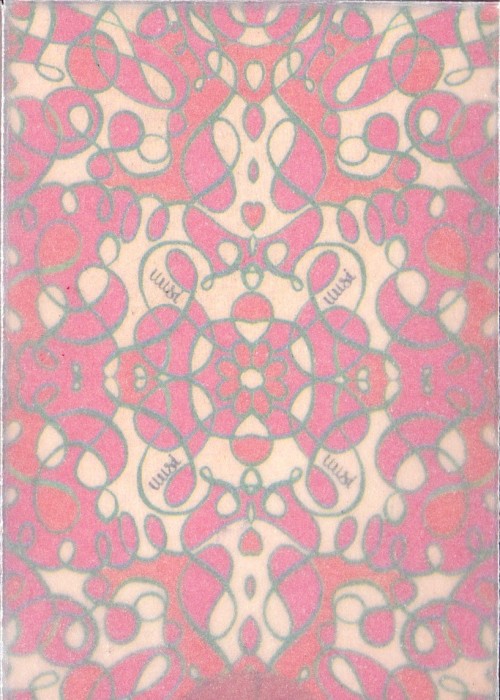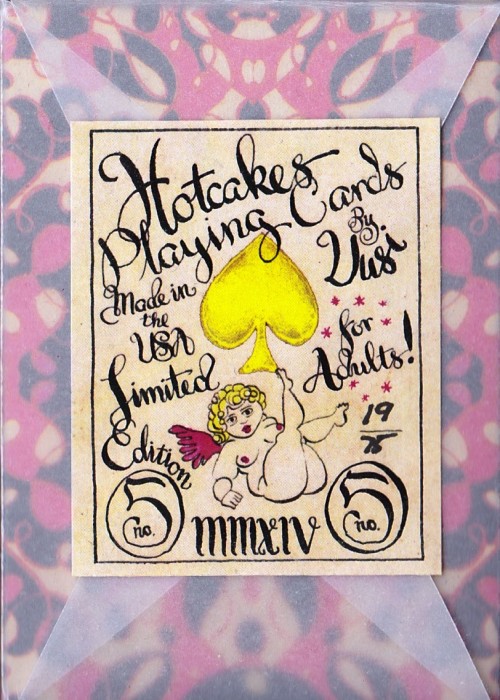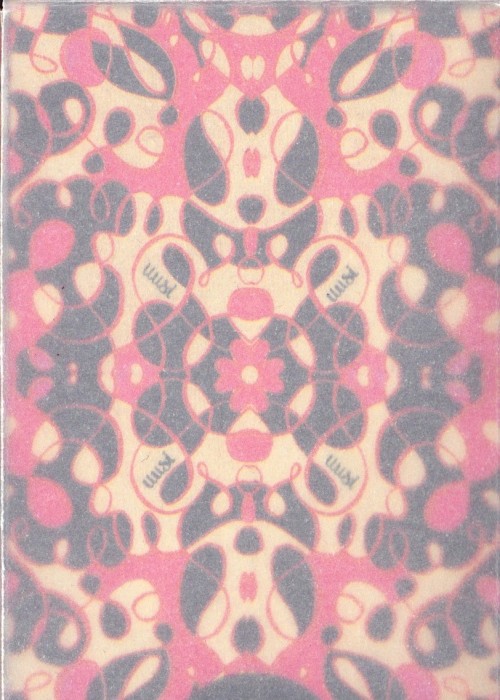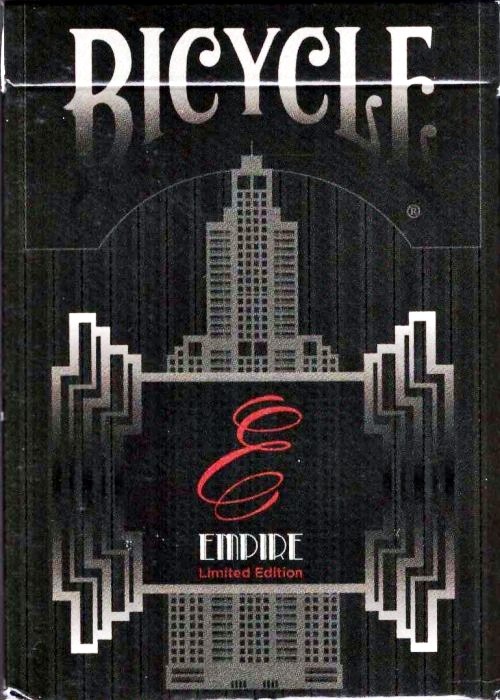Conjuring Arts is very pleased to introduce the culmination of years of research and development. The Erdnase 216 deck. Relatively recently one of our board members found what might be the only existing example of the Bee 216 deck. This was printed by the New York Consolidated Card Company for a period of time around the year 1900, and although the back design appears in catalogs and illustrations, no other complete deck is known. What is even more exciting is that our deck is in mint condition. What this means is that for the first time we can determine exactly what the cards that Erdnase used felt like! For example, the deck is very thin (52 cards is 14.50 mm!) and very smooth (Cambric finish wouldn’t be used until 1910!). Fittingly, Erdnase wrote, “For superior work the cards should be new, thin, flexible and of best quality.” As many know, Conjuring Arts has produced more than a dozen decks over the last couple of years and each deck has had variations as to production methods, materials and finishing. This is an ongoing effort to create an amazing deck of cards. Most of our previous releases used the Casino grade of paper that is quite a bit thicker than the retail stock. This allowed us to create an amazingly sturdy and durable deck that quickly became favorites of many of the world’s top card men. Last fall Conjuring Arts started some new experimentation, taking our research in a completely new direction. We did three major test runs at great expense which allowed us to successfully create what we proudly call our Erdnase Finish. This new finish is the thinnest and smoothest card that can be produced at US Playing Card Company. When measured by caliper a 52 card deck is merely 14.5 mm. This combined with a smooth finish (just as all the cards were in Erdnase’s time) creates a deck that feels as close to the 1902 Bee as is possible to make today. The only real difference is that our new reproduction is a bit slipperier than it’s 1902 predecessor. Today the manufacturing process uses a plastic material in coating the paper and 100 or so years ago this was more of a varnish that can no longer be used for cards. The back design of the Bee 216 is another very interesting thing. Anyone who has studied Erdnase sufficiently has noticed that the illustrations clearly indicate that he was using Bees. This can be seen by the Ace of Spades in Figure (101). On even closer examination of the illustrations, you can see in Figures (see Fig. 75, for example) that the back design is not redrawn but just a squiggle is used. This is very possibly just a shortcut by the illustrator, and this has been our opinion for many many years. But two years ago, on discovering the Bee 216 deck, a new theory arose. What if this design, which matches M. D. Smith’s “squiggles”, was actually the type of card Erdnase used at the time the book was illustrated? We found it intriguing enough to warrant our latest release of the Erdnase 216 deck. A faithful reproduction in both design and feel of what New York Consolidated’s Bees looked and felt like in 1902. A very limited edition has been produced, evenly split between a tan and green back color.


